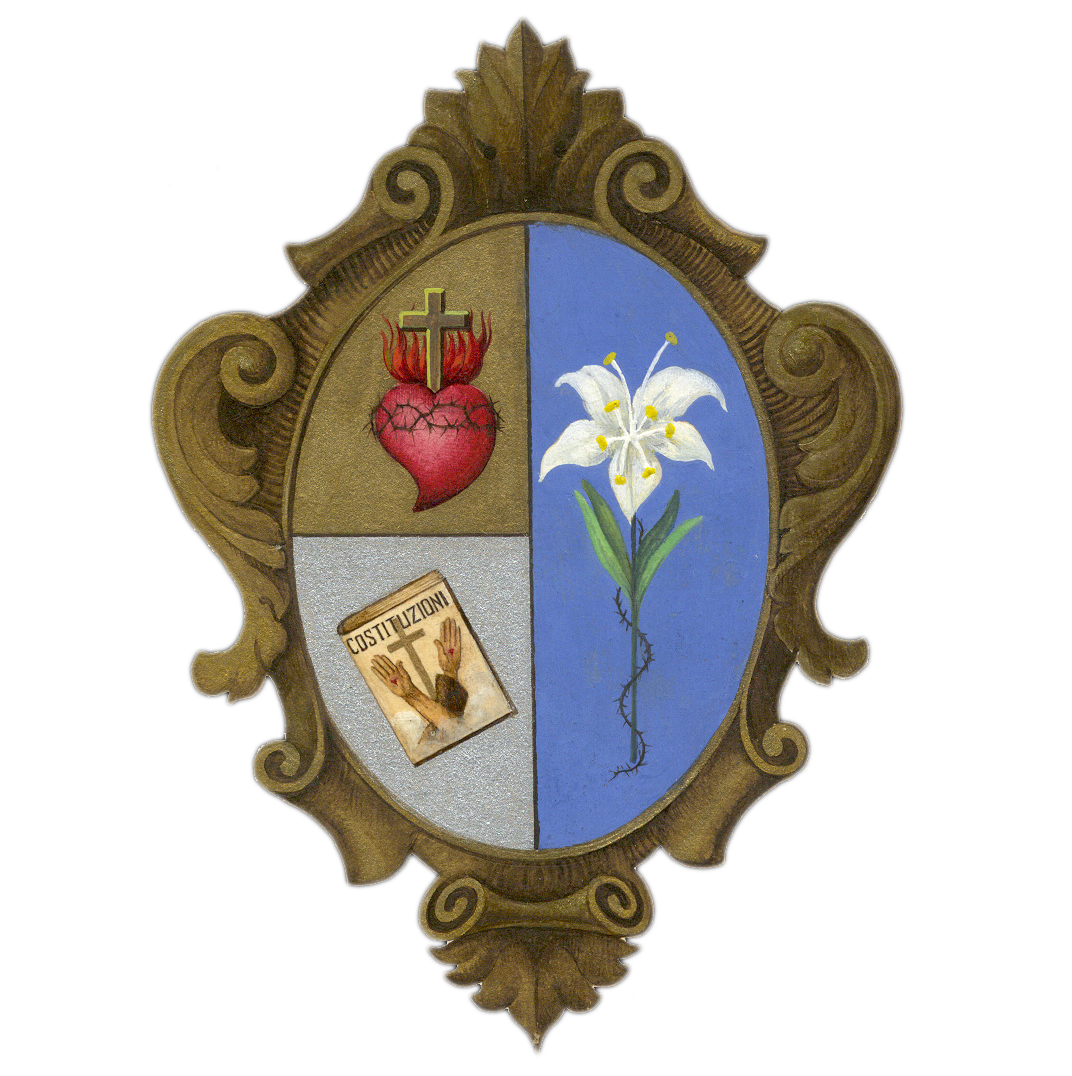 It was in 1894 when Marianna Caiani, encouraged by some mothers from Poggio a Caiano and by Father Fortunato Luti (rector of a Chapel of a nearby town) to gather from the street the children of the town to teach them the first steps in reading and writing.
It was in 1894 when Marianna Caiani, encouraged by some mothers from Poggio a Caiano and by Father Fortunato Luti (rector of a Chapel of a nearby town) to gather from the street the children of the town to teach them the first steps in reading and writing.
In November of 1896, Marianna and her first companion Maria Fiaschi, rented two rooms, got them cleaned up, and established a place for them to live like sisters, free to dedicate themselves full time to the school and to visit those who were ill.
A little while later, a third companion joined them: Redenta Frati. They had now formed a small community.
Marianna, full of doubt, asked herself, “What does God want from me? I am incapable, I’m just a poor cigar vendor!”
In the meantime, thanks to the help of Don Marino Borchi (Parson of Poggio a Caiano) the owner of the house was convinced to sell it to Marianna, and on March 22, 1900, Caiani was finally able to have a place to live without having to worry about being evicted or without having to worry about paying the rent.

Another two people united with the small group. A year later Doralice Bizzaguti joined as well. She was a certified teacher and was the instrument of Providence for the birth and growth of the Institute.
On December 7, 1901 the first Constitutions of the small community were approved by the diocesan bishop Marcello Mazzanti.
In the meantime, Marianna’s friends continued to ask for a religious habit but Marianna was still looking for the secure affiliation to an Institute that was already consolidated.
The Bishop advised Marianna to participate in the spiritual exercises that took place at the “Teresiane of Campi Bisenzio.” They were days of great anguish, but it was during this “voluntary exile” that Marianna understood that the place where she needed to work and give testimony was in her own town.
December 15, 1902 is considered the day of the founding of the Institute, and the women wore the religious Habit. Marianna Caiani, who took the name of Sister Maria Margherita, became the first Mother.
Three years after the dressing, on October 12 1905, Mother Margherita and the other five sisters took their religious oath.
New young women, soon there after, shared the same ideals and united with the small group and were given the name, by Mother Maria Margherita, as the “Minime del Sacro Cuore” (minimum sisters of the Sacred heart)
Mother Maria Margherita’s openness towards the Holy Spirit favored the growth of the religious family that she had founded, and it can now be found in Italy, Egypt, Isreal, Brasil and Sri Lanka.

